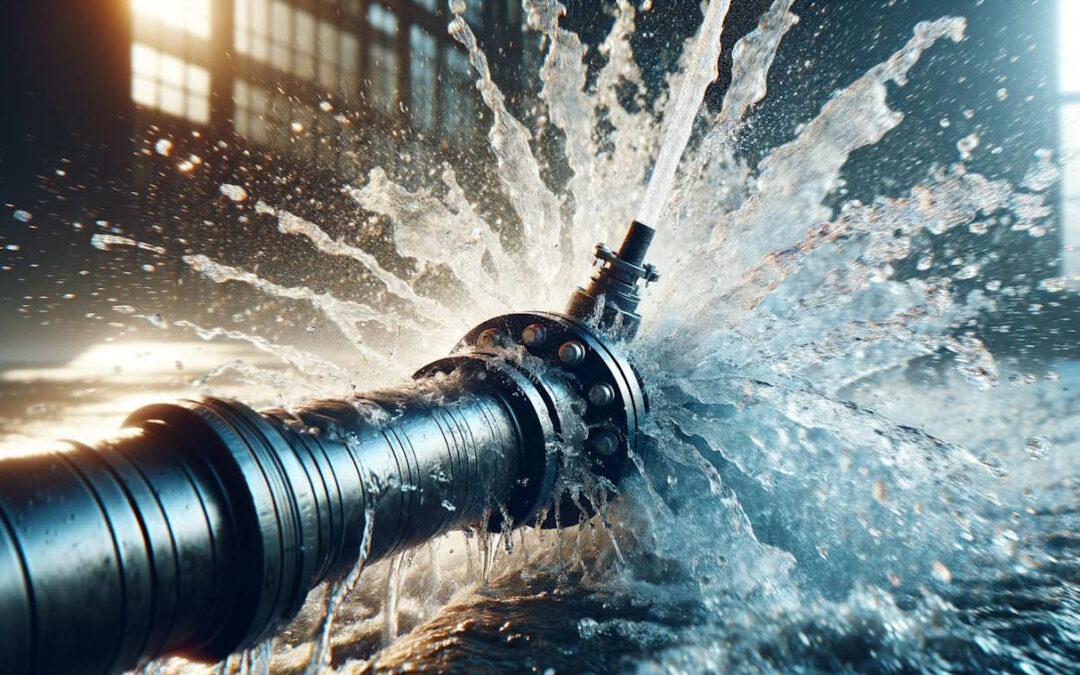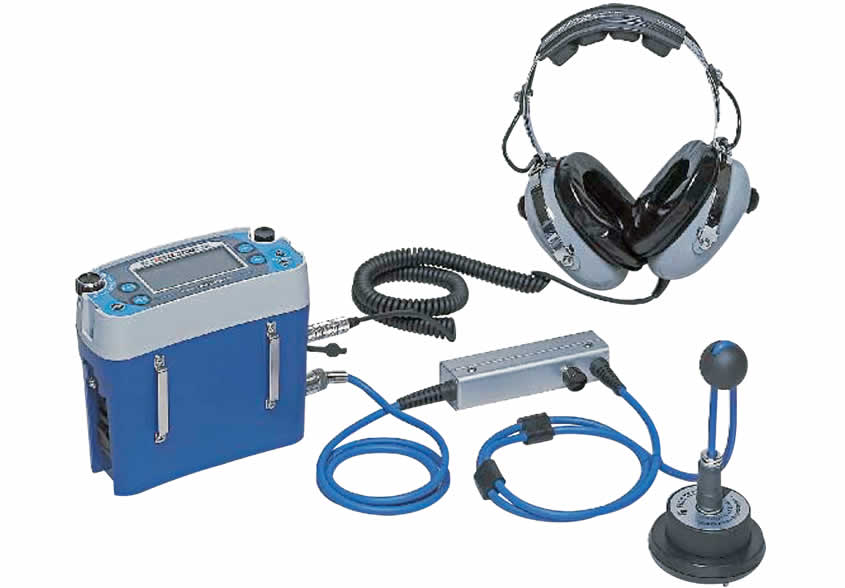Water Leak Detection: Just How to Recognize and Take Care Of Leaks Prior To They Trigger Damage
Innovative Solutions for Early Discovery of Water Leaks in Structures and Infrastructure
As the honesty of structures and facilities is critical, the challenge of very early discovery of water leakages has spurred cutting-edge remedies that promise to reinvent the method we guard versus possible damages. From advanced leakage detection innovations to the deployment of IoT sensors for real-time surveillance, the landscape of leak avoidance is progressing rapidly. Machine discovering algorithms provide a peek right into the future of leakage forecast, while thermal imaging provides a non-intrusive approach for pinpointing surprise leakages. Automated water circulation evaluation systems are improving exactly how leakages are recognized and dealt with, leading the way for an aggressive technique to water leak discovery. Each of these services holds the key to ensuring the dependability and durability of our constructed setting, triggering a shift towards a more lasting and effective future.
Advanced Leak Discovery Technologies
Advanced leakage detection technologies, geared up with sophisticated sensing units and algorithms, play a crucial duty in swiftly recognizing and identifying water leaks in various settings. Electro-magnetic sensing units can identify changes in electromagnetic fields caused by water, providing yet another layer of leak discovery capacity.

IoT Sensors for Real-Time Surveillance
In the world of modern water leak detection, the combination of IoT sensing units for real-time monitoring represents a crucial improvement in boosting proactive leak detection abilities. These sensors use continuous tracking of water systems, supplying real-time data on water circulation rates, pressure variations, and temperature level changes. By leveraging IoT technology, these sensors can identify even the smallest abnormalities in water use patterns, allowing early recognition of potential leaks before they intensify right into major problems.
IoT sensing units transfer data to a centralized system, where sophisticated algorithms evaluate the info and produce alerts or notices when irregularities are discovered. This real-time monitoring capability permits homeowner or center managers to promptly deal with leaks, decreasing water damages, lowering repair service expenses, and saving water resources.
Additionally, IoT sensors can be incorporated with structure monitoring systems, enabling automatic actions to found leaks, such as shutting off water shutoffs or turning on pumps to alleviate the impact of leaks. Generally, the application of IoT sensors for real-time surveillance dramatically my latest blog post enhances the effectiveness and efficiency of water leakage detection in buildings and framework.
Maker Knowing Algorithms for Leak Forecast

One secret benefit of making use of artificial intelligence for leak prediction is its capacity to continually find out and enhance its precision in time. As more data is accumulated and fed right into the formula, it can improve its predictions and adjust to transforming problems, ultimately increasing the integrity of leak discovery systems.
Furthermore, maker learning algorithms can assist in identifying refined signs of leaks that may go unnoticed by conventional surveillance techniques. water leak detection. By assessing complex information sets in real-time, these formulas can provide early cautions and alerts, permitting prompt intervention and preventive upkeep to reduce possible water damages and connected expenses
Using Thermal Imaging for Leak Discovery
Thermal imaging technology provides a promising strategy for finding water leaks in numerous systems and frameworks. By using infrared radiation and temperature level variations, thermal imaging cams can determine hidden leaks that are not conveniently visible to the nude eye.
Among the essential advantages of thermal imaging for leak detection is its non-intrusive nature. Unlike typical methods that might need getting into wall surfaces or floors to situate leaks, thermal imaging permits non-destructive screening. This not just saves time and lowers expenses yet likewise decreases interruption to the building or facilities being evaluated. Additionally, thermal imaging can swiftly check big locations, providing a comprehensive review of possible leak sources in a timely way. Overall, using thermal imaging innovation improves the efficiency and precision of water leak detection, making view website it a useful tool for keeping the honesty of buildings and frameworks.
Automated Water Flow Evaluation Solutions
How can automated water circulation evaluation systems revolutionize the discovery and link management of leaks in different systems and infrastructures? Automated water circulation analysis systems offer a proactive approach to leakage discovery by continually checking water flow rates and patterns. By establishing standard information, these systems can quickly recognize deviations that may indicate a leak, making it possible for punctual intervention to prevent substantial damages.
These systems make use of sophisticated formulas to examine real-time data and offer instant notifies when abnormalities are identified, enabling quick activity to be taken. Additionally, automated water circulation evaluation systems can be integrated with structure administration systems or IoT platforms, improving total efficiency and making it possible for remote tracking capabilities.
Moreover, the data gathered by these systems can be made use of for anticipating maintenance functions, assisting to determine potential powerlessness in the facilities prior to leaks occur. In general, the implementation of automatic water flow evaluation systems can dramatically boost leakage discovery and management practices, inevitably causing set you back financial savings, minimized water wastefulness, and raised sustainability in buildings and infrastructure.

Verdict
In final thought, the combination of sophisticated leak discovery modern technologies, IoT sensing units, artificial intelligence algorithms, thermal imaging, and automatic water flow analysis systems supplies cutting-edge services for early detection of water leaks in structures and framework. These modern technologies make it possible for real-time monitoring, prediction of leaks, and effective detection techniques to stop water damage and waste. Applying these solutions can assist in maintaining the stability and sustainability of water systems in numerous setups.